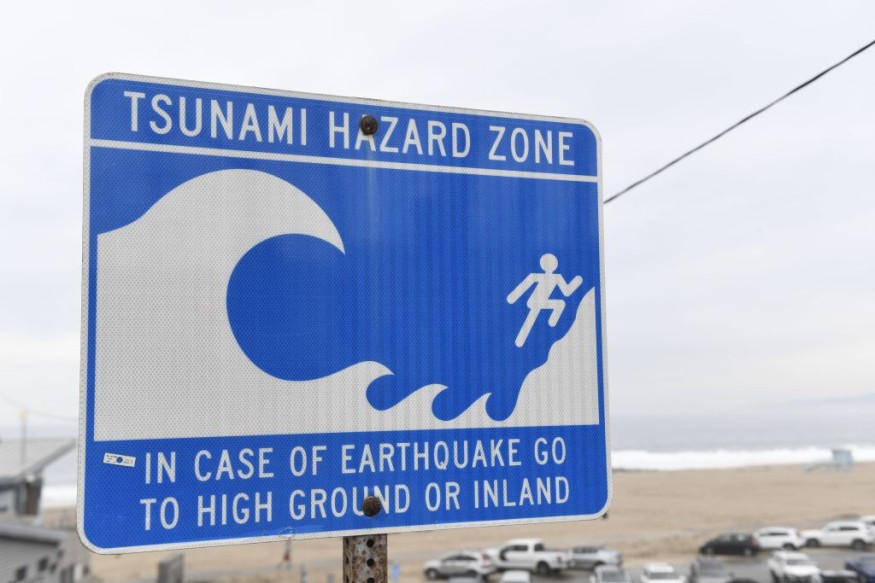Tsunami warnings have been issued for multiple island countries across the South Pacific Ocean following a 7.7 magnitude earthquake near the Loyalty Islands in New Caledonia on Friday, May 19.
Seismic authorities gave tsunami alerts across the said Pacific region, prompting visitors and residents to avoid coastal areas and seek higher grounds due to the threat of small tsunami waves.
The earthquake was powerful enough to also send tsunami alerts in Australia and New Zealand. However, the tsunami threat in the two countries is not as serious as those of the island countries in the Oceania continent, including Vanuatu.
Following the quake, aftershocks are still possible in the coming hours and days across the South Pacific and its surrounding regions.
New Caledonia Earthquake

According to the United States Geological Survey (USGS), the 7.7 magnitude earthquake occurred southeast of the Loyalty Islands at a depth of 37.7 kilometers at 2:57 UTC time on Friday.
The massive earthquake was followed by several aftershocks ranging from magnitudes 4.0 and 5.0 in the Richter scale.
In New Caledonia, residents resorted to higher grounds as the "Polynesia earthquake" caused a tsunami alert due to the major quake 300 kilometers off the coast of the country, where communities in coastal areas have been ordered to evacuate, according to civil security, as cited by Euronews.
South Pacific Tsunami Warnings
Tsunami waves with heights ranging from 0.3 to 1 meter were reportedly possible along the coasts of Vanuatu, according to the Pacific Tsunami Warning Centre, as cited by The Guardian.
Vanuatu authorities issued a warning to the public to high-altitude grounds. This is according to a local official at the Vanuatu Meteorology and Geo-Hazards Department, which received multiple calls from people on Vanuatu's southern islands where the tremor and shaking were felt, The Guardian adds.
In New Caledonia, warning sirens sounded across the territory while the police forces and fire brigade members issued an evacuation order of the coast on Friday afternoon, Euronews reported.
Following the quake, the Pacific Tsunami Warning Centre initially predicted that a tidal wave was possible within a 1,000-kilometer radius from the quake's epicenter and before issuing a tsunami alert for New Caledonia and the whole Pacific region.
Tsunami Threat
In the latest updates, the tsunami threat across the South Pacific has eventually receded, Reuters reported.
Meanwhile, Australia's meteorology bureau issued a tsunami threat off the country's east coast in Lord Howe Island, warning approximately 450 inhabitants to leave the coast due to large waves and strong currents.
Following the seismic phenomenon, there were no reported casualties so far. Yet, the threat of renewed earthquakes in the region is still possible.
For many years, earthquakes are common in New Caledonia and its surrounding regions, with tsunami waves being the greatest threat. The clusters of island nations sit within the Pacific Ring of Fire, a region in the Pacific Ocean where the friction of tectonic plates is frequent, resulting in earthquakes and volcanic eruptions.
© 2025 NatureWorldNews.com All rights reserved. Do not reproduce without permission.





